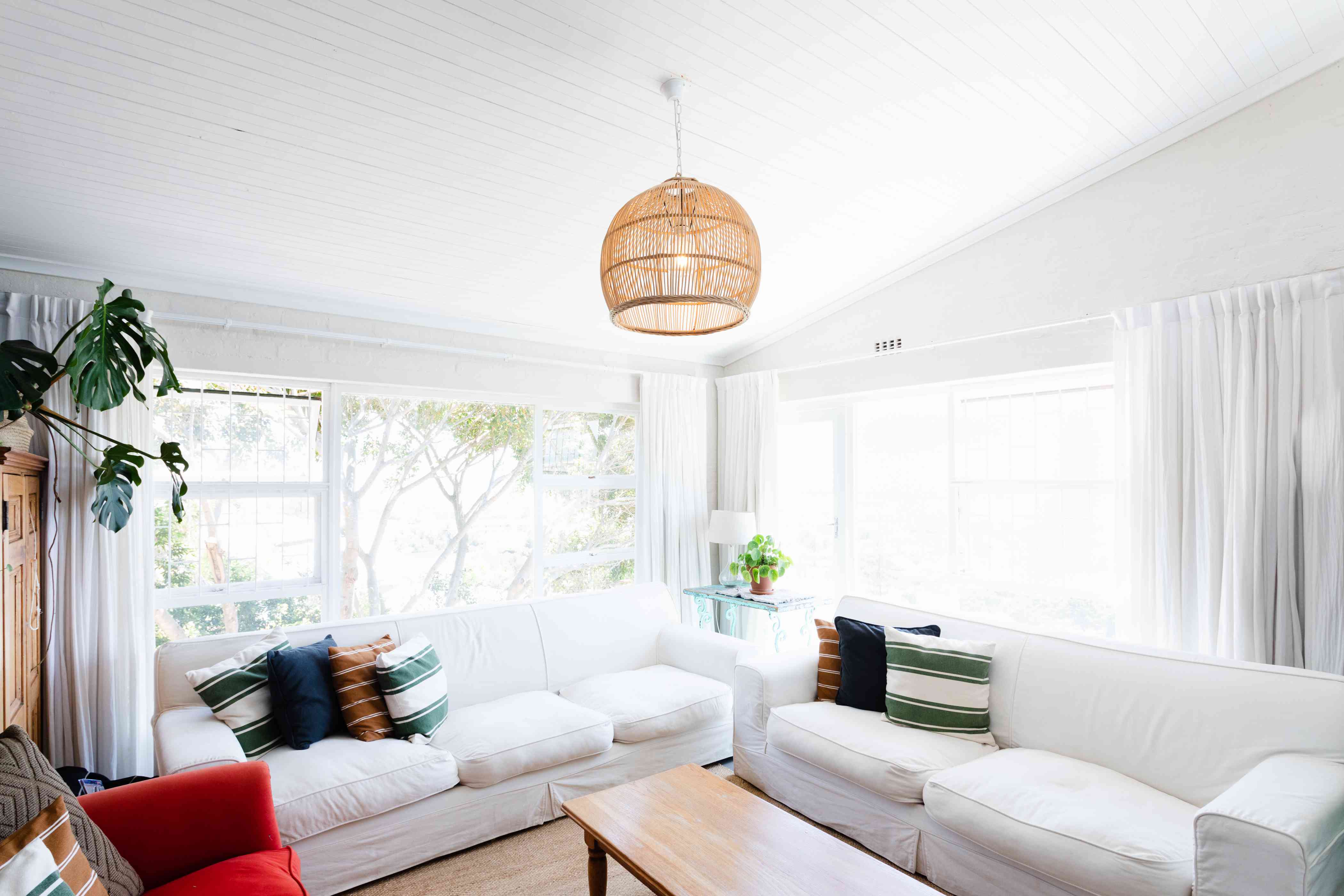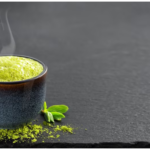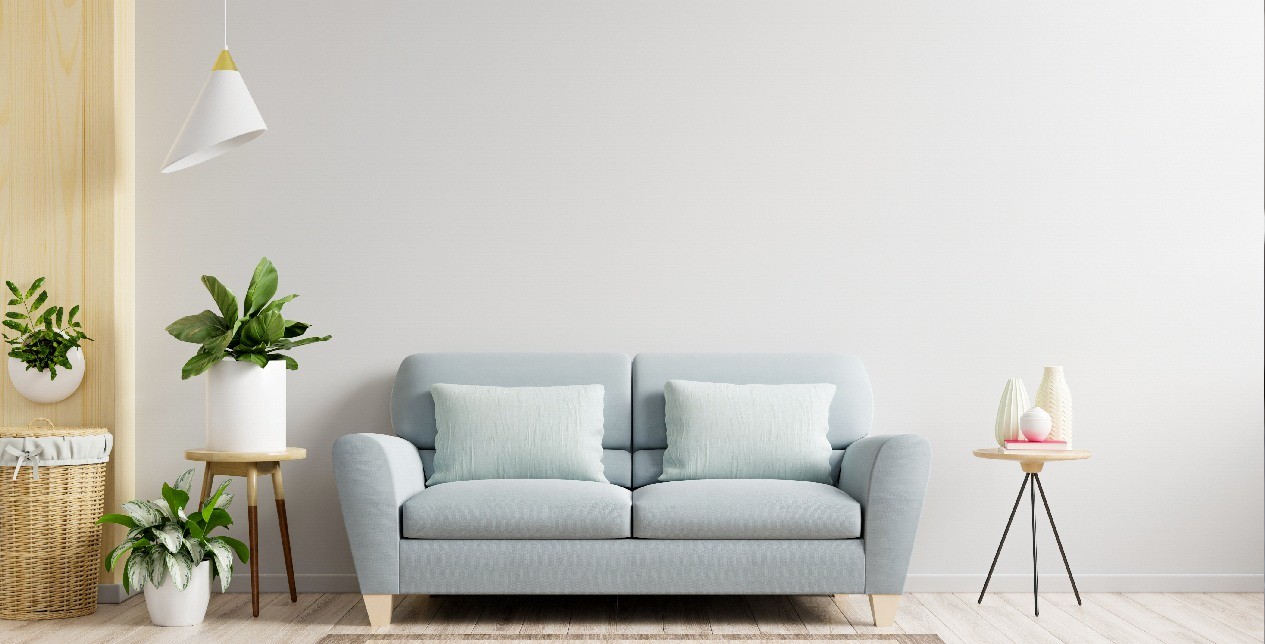In an age where design, functionality, and sustainability are at the forefront of product development, modern lighting solutions are embracing change. One of the materials gaining significant traction in this field is plastic.
Contrary to its former reputation as a less durable and cheap material, plastic has been elevated to a sophisticated level, merging seamlessly with contemporary design and technology. This article takes a closer look at the integral role plastic plays in today’s innovative lighting solutions.
Table of Contents
A New Era of Materials
In the past, lighting solutions were predominantly crafted from materials such as glass, metal, or ceramic. While these materials are still prevalent today, they have been joined by a new contender: plastic. More specifically, designers and engineers are employing high-grade plastics, like acrylic and polycarbonate, to achieve a mix of durability, flexibility, and aesthetic appeal that is hard to match.
The Innovation of Perspex Lighting Materials
When considering plastic in the context of modern lighting solutions, it’s impossible to overlook the impact of Perspex lighting Materials. Perspex, a brand name for acrylic plastic, is characterised by its excellent light transmission properties, akin to that of glass, but with half the weight. It is durable, resistant to shattering, and can be moulded into various shapes and sizes.
This combination of properties makes Perspex an ideal candidate for a wide array of lighting applications, from ambient lighting in homes to intricate light fixtures in commercial spaces. Its capacity to diffuse light softly, without diminishing its brightness, has made it a favourite amongst designers seeking both function and form.
Sustainability Matters
As conversations around environmental sustainability continue to gain momentum, plastic’s role in lighting solutions is increasingly being seen in a new, greener light. High-quality plastics like Perspex are recyclable and have a long lifespan, reducing the frequency of replacements and thereby decreasing waste.
Moreover, their lightweight nature results in lower transportation emissions, a crucial factor in reducing a product’s overall carbon footprint. When responsibly produced and recycled, plastic can indeed be a part of a more sustainable future in lighting design.
The Aesthetic Appeal
Beyond practicalities, plastics are lauded for the creative freedom they grant to designers. The material’s innate versatility allows it to be moulded into complex and intricate designs, pushing the boundaries of what is possible with traditional materials.
From sleek and minimalist fixtures to vibrant and abstract installations, plastic enables designers to experiment with shape, colour, and form in unprecedented ways. The ability of plastics like Perspex to maintain clarity or to be tinted in various colours offers an additional layer of aesthetic versatility.
Safety First
One often overlooked benefit of using plastic in lighting solutions is safety. Traditional materials like glass can shatter and pose significant risks, especially in high-traffic or commercial environments.
In contrast, high-quality plastics are generally shatter-resistant and can withstand impacts that would compromise more brittle materials. This resilience makes plastic lighting solutions particularly suitable for public spaces, where both durability and safety are paramount.
Navigating the Challenges
While plastics, including Perspex, offer a plethora of advantages, it is important to acknowledge the associated challenges. The production of plastic materials can involve the use of harmful chemicals and significant energy consumption.
It is, therefore, crucial for manufacturers to continue innovating in this space, seeking ways to minimise environmental impacts through responsible sourcing and manufacturing practices.
Conclusion
The world of modern lighting solutions is richer and more diverse thanks to the integration of plastic materials. With the unique properties of Perspex lighting materials leading the way, plastic has secured its place as a central player in the design and production of contemporary lighting.
As designers and manufacturers alike continue to prioritise sustainability, safety, and innovation, the future of plastic in lighting solutions appears not only bright but also responsible and forward-thinking.











